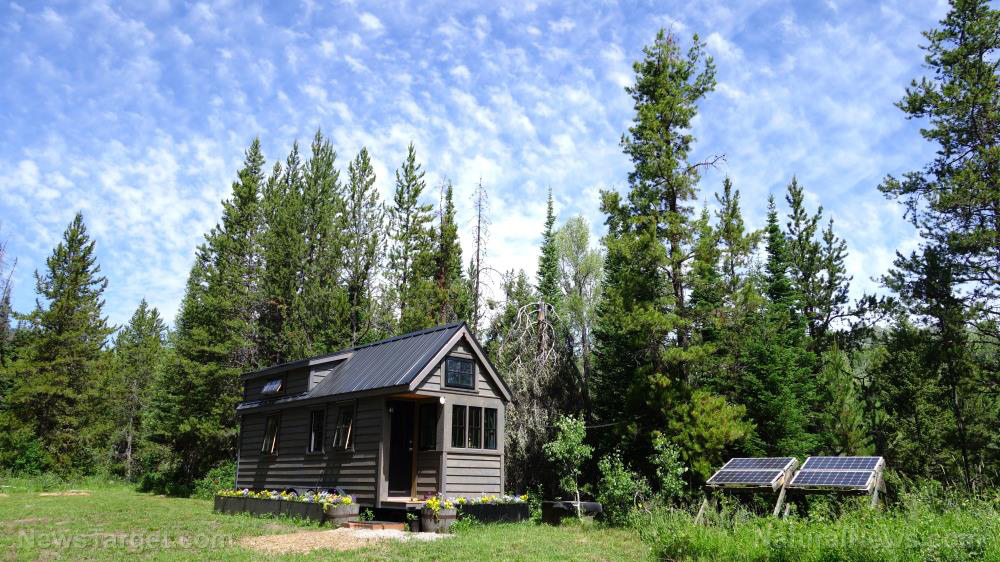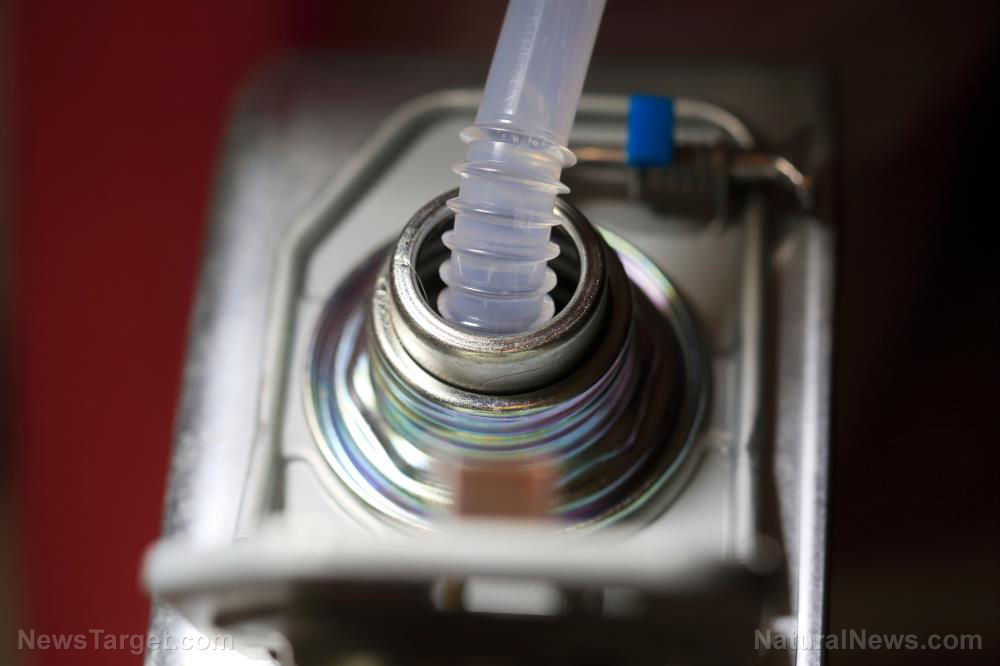
Tesla's Powerwall technology is quite interesting and has garnered plenty of interest around the world. But with its price tag of more than $5,000, it hasn't exactly been affordable for many people. Instead of paying through the nose for this solution, some crafty people have opted to build their own do-it-yourself (DIY) version themselves. So not only do they enjoy the benefits of the Powerwall, they also didn't need to spend money on a product that was built and limited to specs that were issued by Tesla itself.
Based on online reports, homemade or DIY powerwalls are not only feasible, but also quite remarkable. They have been made in configurations that can store even more power than official Tesla versions, and the best part is that they required less money to put together compared to the actual price of the official Powerwall from Tesla. What makes these DIY powerwalls possible is the abundance of old laptop batteries that were either thrown out in the trash or simply left unused in old laptops that have already ended up in landfills.
Based on online reports, there is a flourishing DIY powerwall community that has managed to capitalize on their own individual resourcefulness while also taking advantage of the wastefulness of everyone else around them. On YouTube, you'll find lots of videos of people who can teach you how to build your own powerwall step by step, all while using recycled materials. (Related: The solar energy industry is exploding with new technologies, including “solar paint”)
According to Joe Williams, a YouTuber that has uploaded tutorial videos on how to build your own powerwall, it really comes down to being able to trust something that you managed to build yourself, instead of simply using outright what has been provided to you as a complete package by a third-party like Tesla. "The end result is being able to rely on something I not only built myself but understand the ins and outs of to power some or all of my electricity in my home," he said. "That is inspiring."
Meanwhile, the cost savings are just one of the benefits of homemade powerwalls. The standard Tesla model is said to be capable of storing up to 14 kilowatt hours, and that's due to hard limits imposed by Tesla itself. Homemade powerwalls, on the other hand, have been designed to hold much more, with some capable of storing up to 28 kilowatt hours (kWh) and others going up as high as 40 kWh.
The long and the short of it is that the DIY alternatives are cheaper, easy to put together, doesn't require any special skills or tools that are hard to acquire, and can be designed to store so much more power than the Tesla-produced alternative. It also goes without saying that using old laptop batteries to build such devices in the home directly helps the environment by recycling materials that would otherwise be left as nothing more than just garbage in landfills.
Carl E. Smith, the CEO of a company called Call2Recycle, said that consumers are geared more towards disposal instead of recycling when it comes to electronics. "Approximately 95 percent of consumer batteries sold in the U.S. are not recycled," he said, "and are ultimately thrown away." The DIY powerwall movement, therefore, is helping to counteract this and reduces the amount of wasted electronics that are out in the world. If you have ever had any interest in using renewable energy in your own home and have considered Tesla's Powerwall in the past, you might want to look into DIY alternatives instead.
Learn more about renewable energy sources for your home in Power.news.
Sources include:
Please contact us for more information.





















